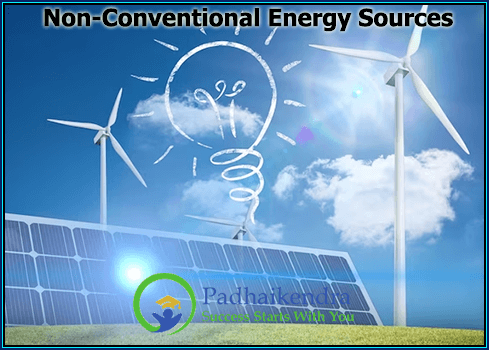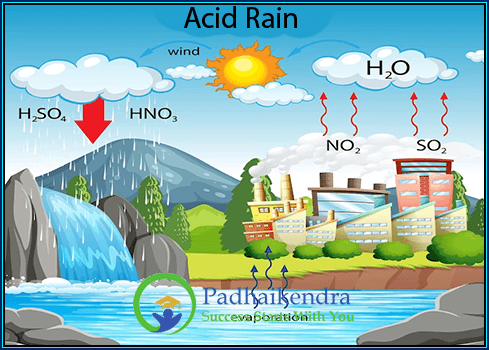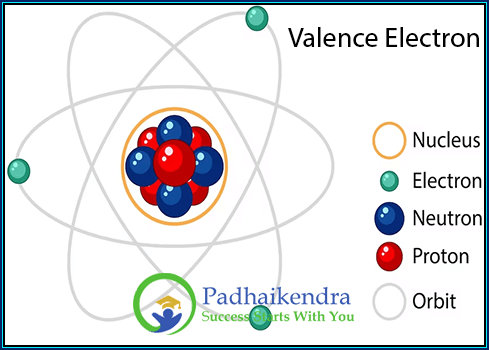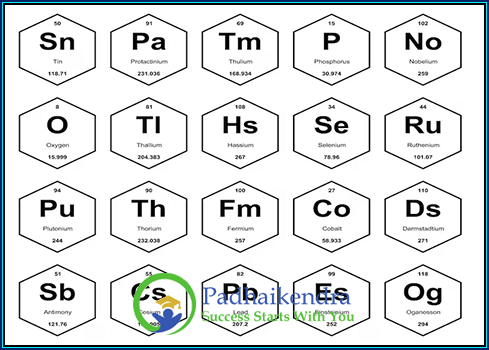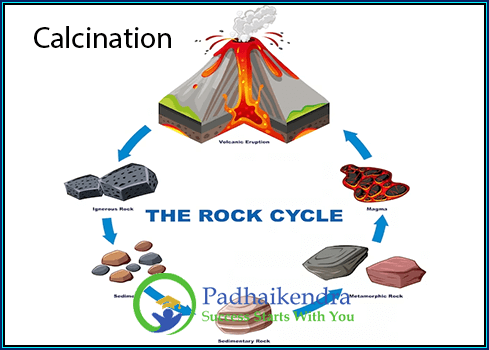What are Non-Conventional Energy Sources?
Non-conventional or renewable energy sources are sources of energy that are replenished naturally and can be used repeatedly without getting depleted. These sources of energy are considered cleaner and more sustainable alternatives to conventional sources of energy, such as coal and oil, which are finite and have negative environmental impacts.
Some examples of non-conventional energy sources are:
Solar energy
 Solar energy is a type of non-conventional or renewable energy that is derived from the sun’s radiation. It is a clean and abundant source of energy that can be harnessed in a variety of ways to generate electricity, heat water, or power devices.
Solar energy is a type of non-conventional or renewable energy that is derived from the sun’s radiation. It is a clean and abundant source of energy that can be harnessed in a variety of ways to generate electricity, heat water, or power devices.
Solar energy is harnessed using photovoltaic (PV) cells, which convert the sun’s energy into electricity. PV cells are made of semiconductor materials, such as silicon, and are arranged in panels that can be installed on rooftops or in large-scale solar power plants. When sunlight hits the PV cells, it creates an electric field that generates a flow of electricity.
In addition to PV cells, solar energy can also be harnessed using solar thermal collectors, which use mirrors or lenses to concentrate the sun’s rays and heat a fluid. The heated fluid is then used to generate steam, which drives turbines that produce electricity.
Advantages of Solar Energy
Solar energy has several advantages over other sources of energy. It is a clean and renewable source of energy that does not produce greenhouse gas emissions, and it can be harnessed in both small and large-scale applications. Additionally, solar energy can be harnessed in remote areas that are not connected to the power grid, providing electricity to off-grid communities.
Disadvantages of Solar Energy
However, solar energy also has some disadvantages. It is an intermittent source of energy, meaning that it is not available 24/7 and depends on weather conditions. Additionally, the initial cost of installing solar panels or solar thermal collectors can be high, although the cost has decreased significantly in recent years.
Despite these challenges, solar energy is becoming increasingly popular as a source of energy around the world. Many countries are investing in solar energy to increase their share in the energy mix and reduce their reliance on fossil fuels.
Wind energy
 Wind energy is a type of non-conventional or renewable energy that is generated from the movement of air. It is harnessed using wind turbines, which convert the kinetic energy of the wind into electricity.
Wind energy is a type of non-conventional or renewable energy that is generated from the movement of air. It is harnessed using wind turbines, which convert the kinetic energy of the wind into electricity.
Wind turbines consist of rotor blades, which are attached to a shaft that is connected to a generator. When the wind blows, it causes the rotor blades to turn, which spins the generator and produces electricity. Wind turbines can be installed individually or in large-scale wind farms, which consist of multiple turbines that are connected to the power grid.
Wind energy has several advantages over other sources of energy. It is a clean and renewable source of energy that does not produce greenhouse gas emissions, and it is abundant in many parts of the world. Additionally, wind turbines can be installed on land or offshore, and can be used in both small and large-scale applications.
However, wind energy also has some disadvantages. Like solar energy, it is an intermittent source of energy and depends on weather conditions. Additionally, wind turbines can be noisy and can have visual impacts on landscapes.
Despite this, wind energy is becoming increasingly popular as a source of energy around the world. Many countries are investing in wind energy to increase their share in the energy mix and reduce their reliance on fossil fuels.

